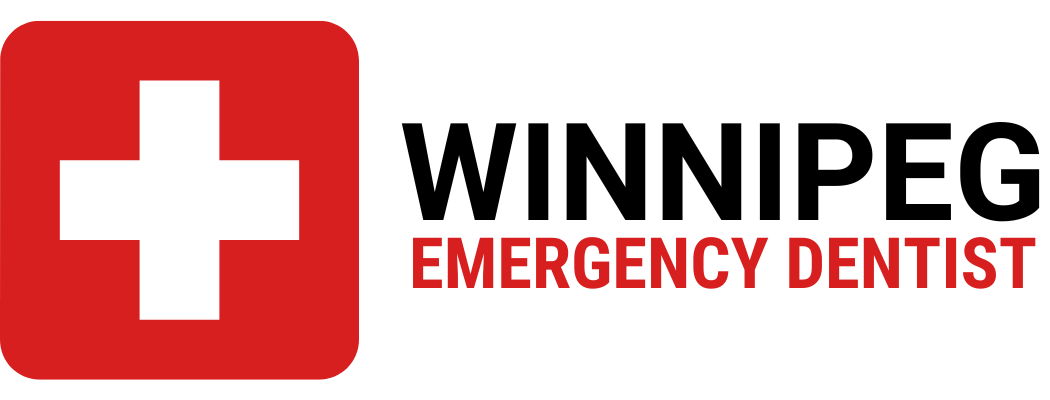Nutritious Guide: What to Eat and Avoid After Your Wisdom Teeth Removal
Published February 15, 2024
If you’ve just had your wisdom teeth removed, you’re probably wondering, “What can I eat now?” Don’t worry, I’ve got you covered. After all, it’s important to know what foods can aid your recovery and which ones might cause discomfort or even complications.
Navigating post-surgery eating can be a bit tricky. You’ll need to stick to soft foods and liquids for the first few days. But that doesn’t mean you’re stuck with just soup and ice cream. There are plenty of tasty and nutritious options out there. Let’s dive in and explore some of the best foods to eat after wisdom teeth removal.
Why diet matters after wisdom teeth removal
A tooth extraction is no small event in your life, especially when we talk about wisdom teeth. And it’s not just about the pain and the discomfort that comes with the procedure. Your diet after the extraction has a crucial role in your recovery. That’s why it’s super important to know what you can eat after wisdom teeth are removed.
After the surgery, your mouth might feel sore and sensitive. The last thing you want is to aggravate that by eating the wrong foods. By sticking to a diet of soft foods and liquids, you help minify the risk of infection, reduce inflammation and speed up your recovery time.
But I want to emphasize – this doesn’t mean you’re stuck to a boring diet of bland soups and jello. There are still tons of tasty and nutritious options available to you. Smoothies, mashed potatoes, scrambled eggs, yogurt – these are just a few options that are gentle on your mouth and still pack a nutritional punch.
Eating the right foods also helps prevent complications that could arise from trying to chew solid food too soon. Problems like dry socket, where the protective blood clot in the extraction site gets dislodged, can cause significant discomfort and delay healing. Anyone who’s gone through it knows that it’s something you want to avoid at all costs. Prevention is simple as sticking to an appropriate diet.
So, while it might be tempting to reach for that steak or crispy apple, remember: your top priority is recovery. You can return to your regular diet once your mouth has healed completely. The longer you stick to softer foods, the quicker you’ll heal, and the faster you can return to enjoying your favorite foods. After all, we do eat to live, but we also live to eat!
Soft foods for the first few days
After your wisdom teeth removal, it’s vital to prioritize a diet rich in soft foods. This won’t only ensure a more comfortable eating experience, but it also plays a fundamental role in a smooth recovery process. What are these foods exactly? Well, let’s delve right into the topic.
For starters, it’s a good idea to focus on proteins that are simple to consume. Scrambled eggs are a top contender here. They’re not only easy to chew, but they offer a rich source of protein, aiding in the healing process.
Deviled eggs are also a great consideration given how they’re usually cold. Cold foods are perfect as they assist in keeping the inflammation down.
Next, we can think about fruits. I’d go for a delicious smoothie or some apple sauce. Not only are they tasty and hydrating, but they’re also loaded with essential vitamins and minerals your body needs to recover.
In terms of vegetables, mashed potatoes are king. The great thing about potatoes is that they’re versatile and can be mashed to a perfect soft consistency. Add some gravy on top, and you’ve got yourself a delicious, full meal!
In the dairy department, you can’t go wrong with some nice cold yogurt. It’s a solid choice for a few reasons: for one it’s rich in probiotics, which can support your overall gut health. Additionally, the cooling factor of yogurt can significantly help with the swelling.
If you’re feeling a little adventurous, soups and broths can add some variety to your diet. They’re warm, comforting, and provide a decent amount of nutrients. Just be sure they aren’t too hot as it might irritate the surgery area.
It’s important to remember that each person is unique, and so is their palate. Feel free to experiment and find what works best for you during those first few days after surgery. Now, let’s talk about what foods to avoid post-surgery in our upcoming section.
Nutritious options for a speedy recovery
Remember, the key to a quick recovery is not just about what you eat, but also how nutritious it is. Simply put, you need foods that are packed with necessary nutrients such as proteins, vitamins, and minerals. These will aid in healing and ensure that your body’s immune system is running optimally to fend off potential infections.
Proteins play a significant role in the recovery process. They are the building blocks of tissues and are essential for repairing and building new tissues. Soft protein-rich foods like scrambled eggs, tofu, or protein shakes can be a great choice for the post-surgery period.
Next up, Vitamins and Minerals. It’s no secret that these micronutrients are essential for overall health and well-being. However, vitamins like Vitamin C and minerals like Iron and Zinc are known to expedite wound healing. Foods high in these nutrients, like citrus fruit smoothies (Vitamin C), fortified cereals (Iron), or yogurt (Zinc), can be a delicious addition to your healing diet.
I can’t stress enough the importance of staying Hydrated throughout your recovery period. Hydration not only aids in wound healing but also prevents any unforeseen complications like dry socket. Opt for watery foods like fruits or soups, and don’t forget to sip on water or rehydration drinks throughout the day.
Probiotics, found plentifully in foods like yogurt or kefir, are also beneficial. These good bacteria help maintain a healthy balance in your gut, boosting your immune system and further promoting healing.
Of course, each individual’s recovery journey may look slightly different. These are just a few food recommendations—be sure to experiment and find what works best for your body and taste buds during this period.
Note: Avoid anything too hot or too cold as it might be uncomfortable to consume. As your recovery progresses, you can slowly start reintroducing harder and more varied foods back into your diet. But always remember, it’s quality over quantity when it comes to post-surgery nutrition. Listen to your body and give it what it needs!
In the following sections, I’ll be providing more details on how to prepare some of these nutritious meals and drinks in easy and convenient ways. These will not only meet your nutritional needs but also leave you craving for more. Sounds good, right? We’ll get there soon.
Foods to avoid after wisdom teeth removal
Taking note of the foods you need to avoid after your wisdom teeth removal is as crucial as knowing what to consume. These are foods that can slow down your healing process, inflame your wounds, or potentially lead to infections that nobody wants to deal with while recovering.
First, I would advise staying away from hard, crunchy foods. This includes items like popcorn, chips, and hard shell tacos. They could potentially injure the healing oral tissues and can be difficult to remove from the surgery site.
Anything excessively spicy or acidic is also a no-go. Spices can irritate or inflame the healing tissue, while acidic foods and beverages could delay wound recovery. So, treat items like vinegar-based salad dressings, citrus fruits, and juices with extreme caution.
Next, I would caution against eating extremely hot foods or drinks. They can exacerbate discomfort and lead to more swelling in the oral cavity. So, keep that hot coffee or soup on hold for a while.
It’s also smart to avoid foods that require significant chewing effort, like steaks or hard fruits. It can put unnecessary strain on the surrounding tissues and might even lead to a ruptured wound.
And don’t forget to steer clear of alcohol, as drinking could slow down the healing process and aggravate your pain.
Lastly, I’d recommend avoiding high-sugar foods and drinks, like sodas and candy. The high sugar content can lead to bacterial accumulation and increase the risk of infection in your oral cavity.
Food Texture and Temperature
When choosing what to eat, the texture and temperature of the food are just as crucial as the nutritional content. After a wisdom tooth extraction, your oral cavity is in a delicate state and requires gentle care. Therefore, my advice is to opt for softer foods that don’t need much chewing or excessive mouth movement and keep the temperatures moderate—neither too hot nor too cold. Consider these key points for a while, until your oral health professional gives a green light to reintroduce more challenging foods.
Conclusion
Remember, your recovery from wisdom teeth removal hinges on your diet. Protein-rich soft foods like scrambled eggs and tofu can help repair tissues. Citrus fruit smoothies, fortified cereals, and yogurt, packed with essential vitamins and minerals, can speed up wound healing. Don’t forget to stay hydrated and include probiotics in your diet for an immune boost. As you progress, you’ll be able to enjoy a wider range of foods – just ensure they’re not too hard, hot, or require excessive chewing. Above all, avoid alcohol and high-sugar foods and drinks. It’s all about quality, not quantity. So, experiment, find what works best for you, and here’s to a speedy recovery!

